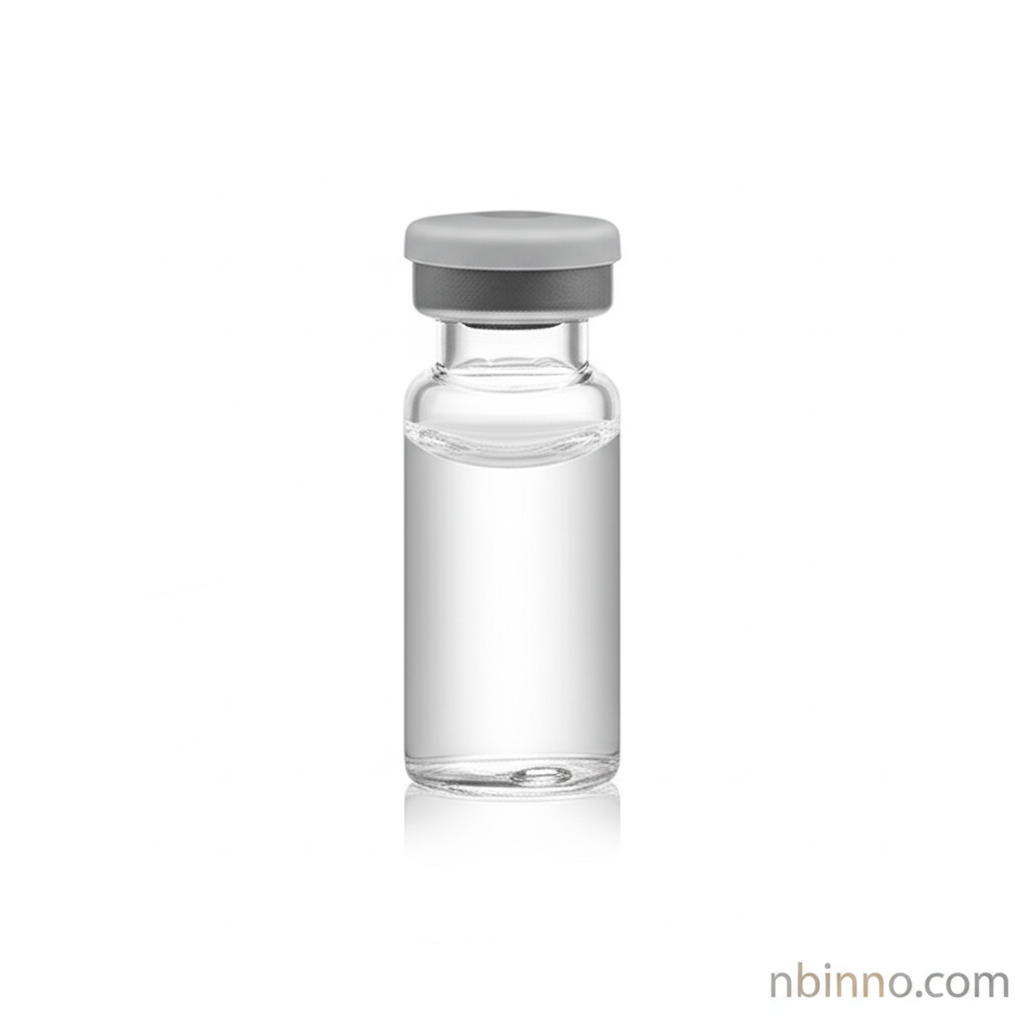t-Boc-N-amido-PEG2-acid: High-Purity PEG Linker for Bioconjugation and Drug Delivery
Discover the advanced capabilities of t-Boc-N-amido-PEG2-acid, a premier PEG linker meticulously designed for superior performance in bioconjugation, peptide synthesis, and innovative drug delivery systems. As a trusted manufacturer and supplier, we provide this essential reagent to empower your research and development.
Get a Quote & SampleThe Ultimate PEG Linker for Precision Chemistry

t-Boc-N-amido-PEG2-acid
As a leading supplier and manufacturer in China, we offer t-Boc-N-amido-PEG2-acid, a vital reagent for creating sophisticated biomolecular conjugates and advanced drug formulations. Its unique structure, featuring a Boc-protected amine and a carboxylic acid terminus, allows for precise chemical modifications. This highly hydrophilic PEG spacer enhances aqueous solubility and stability, making it an indispensable tool for researchers seeking reliable and high-quality chemical intermediates. Enquire about our competitive price for bulk purchases.
- Enhanced Solubility and Stability: Leverage the hydrophilic nature of the PEG2 spacer to improve the solubility and stability of your target molecules, a key advantage when purchasing from a reliable manufacturer.
- Versatile Reactivity: The terminal carboxylic acid readily reacts with primary amines in the presence of activators, forming robust amide bonds, crucial for effective bioconjugation.
- Controlled Deprotection: The acid-labile Boc protecting group can be selectively removed under mild acidic conditions to reveal a free amine, enabling sequential functionalization and broad application in synthesis.
- High Purity for Reliable Results: Sourced from a trusted supplier, our reagent guarantees a purity of over 97%, ensuring reproducible and accurate experimental outcomes for your R&D needs.
Key Advantages of Using t-Boc-N-amido-PEG2-acid
Precise Bioconjugation
The dual functionality of t-Boc-N-amido-PEG2-acid makes it an excellent choice for precise bioconjugation. Researchers can buy this reagent for controlled attachment to proteins, peptides, or surfaces, optimizing molecular interactions and delivery profiles.
Streamlined Peptide Synthesis
In peptide synthesis, this reagent acts as a valuable building block. Its inclusion can introduce a hydrophilic spacer, improving peptide solubility and pharmacokinetic properties. Consider purchasing for your next peptide synthesis project.
Drug Delivery Enhancement
The PEG component significantly improves drug solubility and circulation half-life. As a dedicated supplier, we ensure you receive a high-quality product to advance your drug delivery research and development efforts.
Versatile Applications in Research and Development
Bioconjugation
Utilize t-Boc-N-amido-PEG2-acid to create antibody-drug conjugates (ADCs), protein-ligand pairings, or to functionalize nanoparticles. Its reactive ends are ideal for specific linkages.
Peptide Synthesis
Incorporate this PEG linker into peptide sequences to enhance solubility, modify pharmacokinetics, or create branched peptide structures. A must-have for peptide chemists.
Drug Delivery Systems
The hydrophilic PEG spacer improves the performance of drug delivery vehicles by increasing aqueous solubility and prolonging circulation time. Ideal for researchers looking to buy advanced formulation components.
Surface Modification
Passivate surfaces or create functionalized interfaces for biomaterial applications. The Boc group can be removed to allow further attachment of biomolecules to modified surfaces.
